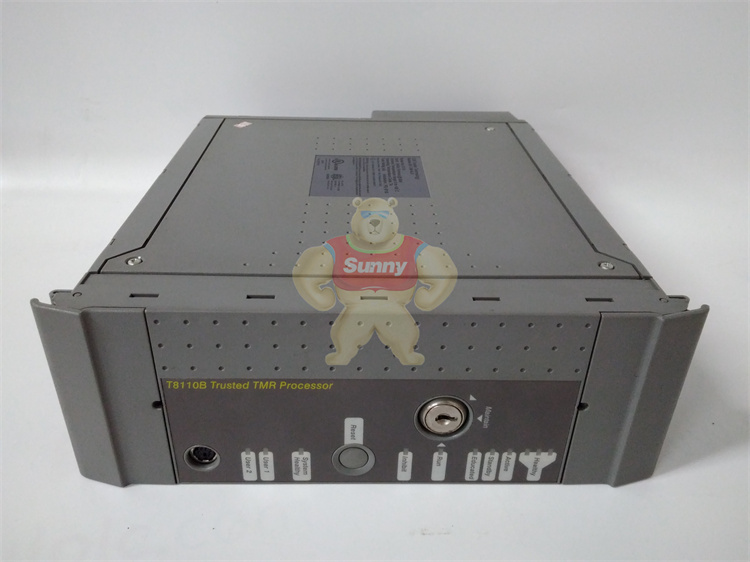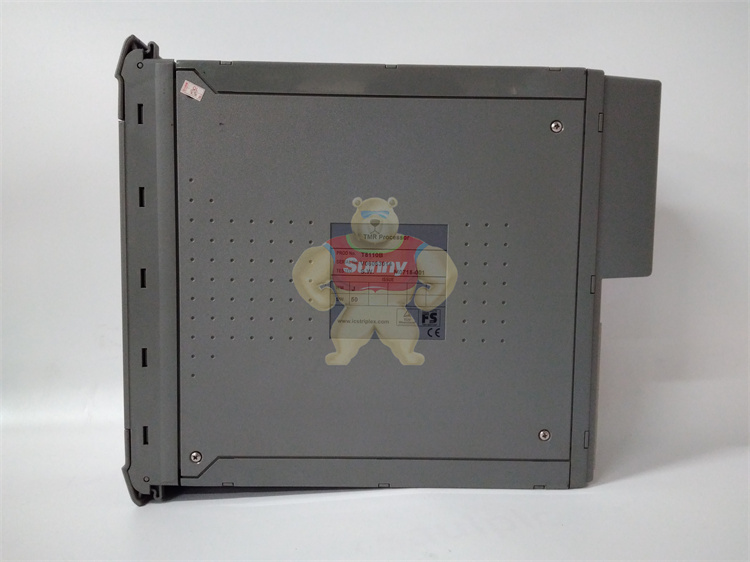“Wire system” means the number of wires used for meter power supply and standard signal transmission. The name of a few wire system is after the birth of the two wire transmitter. This is the result of the wide application of electronic amplifiers in instruments. The essence of amplification is an energy conversion process, which cannot be separated from power supply. So first appeared the four-wire system of transmitters, that is, two wires responsible for the supply of power, the other two wires responsible for the output of the amplified signal (such as voltage, current, etc.).
220VAC powered meter must be four wire system.

T8110B
Four-wire signal instrument refers to: the power supply circuit and signal circuit are independent, the isolation circuit is separated, for isolation of 4 ~ 20mA standard signal. So the signal must be isolated, usually ungrounded. The power supply can be 24VDC or 220VAC.
When the power provided by the two-wire system is not enough to power the instrument, the three-wire system is used, and the signal is the standard signal of 4 ~ 20mA.
The three wires of the three-wire system are: one is the power cable (usually 24VDC+), one is the signal cable, and one is the common wire of the power supply and signal for the voltage reference point and the current loop.

T8110B
Non-4 ~ 20mA standard signal is not called two-wire system.
Two wire system is two wires power at the same time transmission 4 ~ 20mA standard signal. A signal other than this standard is not called a two-wire system. The minimum power supply capacity of two-wire system is: 4mA×24V- Receiving instrument power consumption – line loss.
So in the actual field operation, the four wire system, three wire system, two wire system is the main power supply mode?
The power supply of four-wire system is mostly 220V.AC, and there are 24V.DC power supply.

T8110B
The four-wire transmitter is shown in the figure below. Most of its power supply is 220V.AC, and some power supply is 24V.DC. The output signal is 4-20 ma.dc with a load resistance of 250Ω, or 0-10 ma.dc with a load resistance of 0-1.5KΩ. Some also have mA and mV signals, but the load resistance or input resistance, because of the output circuit form and the value is different.
The three-wire power supply is mostly 24V.DC.
The three-wire transmitter is shown in the figure below. The so-called three-wire transmitter is a wire with the positive end of the power supply, a wire with the positive end of the signal output, and a wire with the negative end of the power supply and the negative end of the signal. Its power supply is mostly 24 v. DC, the output signal is 4-20 Ma. DC, the load resistance is 250Ω or 0-10 ma. DC, the load resistance is 0-1.5KΩ; Some also have mA and mV signals, but the load resistance or input resistance, because of the output circuit form and the value is different.
Power supply for two-wire system is 24V.DC.
The two-wire transmitter is shown in the figure below. Its power supply is 24v. DC, output signal is 4-20mA.DC, load resistance is 250Ω, the negative line potential of 24V power supply is the lowest, it is the signal common line, for the intelligent transmitter can also load the FSK keying signal of HART protocol on the 4-20mA.DC signal.

T8110B
Due to the different working principle and structure of various transmitters, there are different products, which determines the two wire system, three wire system, four wire connection form of the transmitter. How to choose four wire system, three wire system, two wire system instrument?
When the power is greater than 10W and the precision is higher, the four-wire instrument is generally selected.
The application of four-wire instrument, the earliest from the appearance of DDZ-II electric unit combination instrument, power supply 220V.AC, the subsequent output signal of 0~10 ma. DC four-wire transmitter has been widely used. Due to the complex conversion circuit, power consumption and other reasons, many meters are still preferred four-wire system, the most common like Coriolis force mass flowmeter and electromagnetic flowmeter, until now or four-wire system, because the mass flowmeter needs vibration power consumption, electromagnetic flowmeter needs excitation power consumption, the power of two tables to more than 10W, so the four-wire system.

T8110B
Reduce the non-safety voltage power supply, generally choose three-wire instrument.
In the application of three-wire system, in order to meet the power supply design required by the instrument, the power supply of the transmitter is changed from 220V.AC to low-voltage DC power supply. For example, the power supply is taken from the 24V.DC power box to reduce the non-safe voltage power supply. Thus there is a three-wire transmitter product.
The power is small and economical, generally choose the two-line system.
The application of two-wire instrument, using 4-20mA.DC signal, field instrument can realize the two-wire system, now the domestic two-wire transmitter products are widely used.
To sum up, for users, the selection should be based on the actual situation of the unit, such as the unity of signal system, explosion-proof requirements, receiving equipment requirements, investment and other issues to consider the selection.
It should be pointed out that the 3-wire system and 4-wire system transmitter output 4-20mA.DC signal, because of its output circuit principle and structure and the two-wire system is not the same, so in the application of its output negative terminal and 24V power supply can be connected to the negative line can be common ground this is to pay attention to, if necessary can take isolation measures, such as using the distributor, safety grid, etc., In order to and other instruments common electric, common ground and avoid additional interference.
 1 Year Warranty
1 Year Warranty




